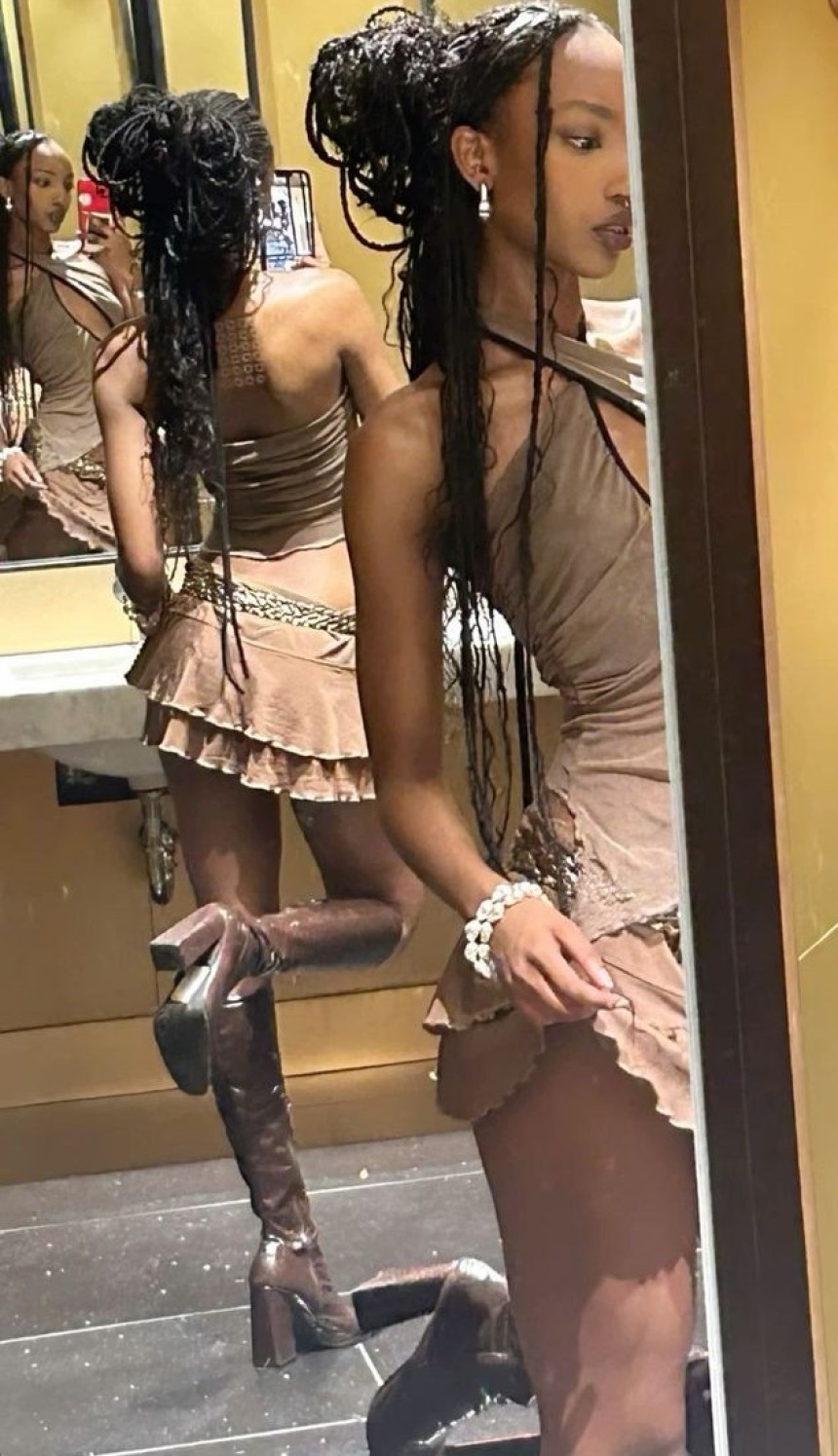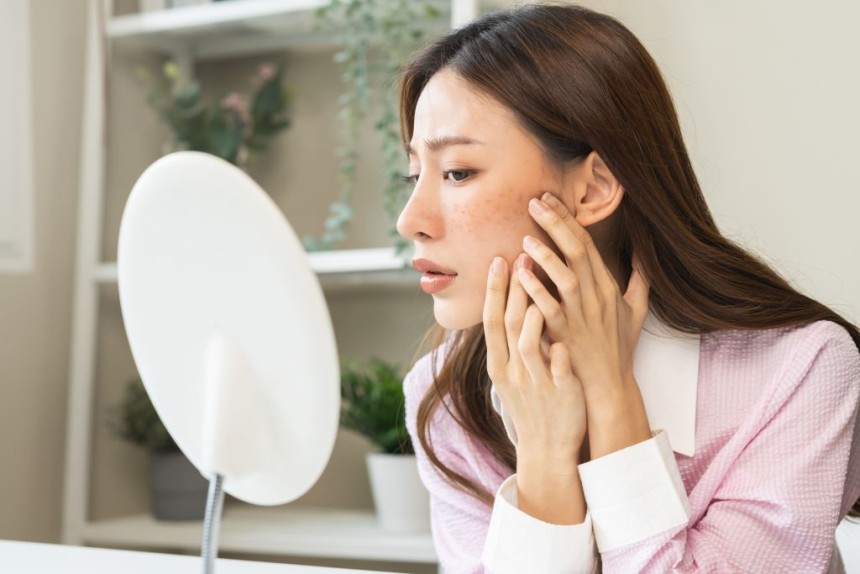
How Marketplace Models Are Driving Growth in Beauty
Marketplace models are revolutionizing the beauty industry, driving significant growth and innovation. This article delves into how these platforms are reshaping the way beauty products are sold and consumed, highlighting the benefits for both brands and consumers. Discover how marketplace models enhance accessibility, foster diversity, and create new opportunities for emerging and established beauty brands alike.
Introduction
The beauty industry has witnessed significant transformation with the rise of marketplace models, which have become key drivers of growth and innovation. These platforms offer increased reach, diverse product offerings, and enhanced customer experiences, reshaping how consumers interact with beauty brands. This article delves into how marketplace models are propelling the growth of the beauty sector.
Understanding Marketplace Models
Definition and Structure
Definition: A marketplace model is an online platform that connects buyers and sellers, facilitating transactions between them. Unlike traditional retail models where the platform owns and sells products directly, marketplaces provide a venue for third-party vendors to list their products or services. The marketplace operator typically earns revenue through commissions, listing fees, or subscription fees charged to the sellers.
Structure:
- Platform Owner/Operator:
- The entity responsible for creating, maintaining, and managing the marketplace platform. They ensure the platform's functionality, security, and user experience.
- Sellers/Vendors:
- Third-party individuals or businesses that list their products or services on the marketplace. They manage their inventory, set prices, and handle order fulfillment and customer service.
- Buyers/Consumers:
- Individuals or businesses that visit the marketplace to browse, compare, and purchase products or services listed by the sellers.
- Transaction Process:
- The marketplace facilitates the entire transaction process, including product listing, order placement, payment processing, and sometimes shipping logistics. The platform often provides support features such as customer reviews, ratings, and dispute resolution mechanisms.

Types of Marketplace Models
Business-to-Consumer (B2C) Marketplaces:
- Definition: B2C marketplaces connect businesses directly with consumers. Sellers are typically retailers or manufacturers offering their products to individual buyers.
- Examples: Amazon, eBay, and Alibaba.
- Characteristics:
- Wide range of products across various categories.
- Focus on user-friendly interfaces and seamless shopping experiences.
- Emphasis on customer service, return policies, and consumer protection.
Business-to-Business (B2B) Marketplaces:
- Definition: B2B marketplaces facilitate transactions between businesses. These platforms cater to companies seeking products or services from other businesses.
- Examples: Alibaba (B2B segment), ThomasNet, and Global Sources.
- Characteristics:
- Larger order volumes and bulk purchasing options.
- Specialized product categories catering to specific industries.
- Features such as request for quotes (RFQs), bulk pricing, and extended payment terms.
Consumer-to-Consumer (C2C) Marketplaces:
- Definition: C2C marketplaces enable individuals to sell products or services to other individuals. These platforms are often used for second-hand goods, handmade items, or peer-to-peer services.
- Examples: eBay, Craigslist, and Etsy.
- Characteristics:
- Emphasis on community and user-generated content.
- Variety of products, including used, vintage, and handcrafted items.
- Trust-building mechanisms such as user reviews, ratings, and buyer protection programs.
Business-to-Government (B2G) Marketplaces:
- Definition: B2G marketplaces facilitate transactions between businesses and government entities. These platforms help companies supply goods and services to government agencies.
- Examples: FedBid, GovWin, and DemandStar.
- Characteristics:
- Compliance with governmental regulations and procurement policies.
- Features for managing bids, tenders, and contracts.
- Emphasis on transparency, accountability, and fair competition.

Advantages of Marketplace Models in Beauty
Increased Reach and Accessibility
Broader Audience:
- Marketplace models provide beauty brands with access to a vast and diverse audience. By listing products on popular platforms like Amazon, eBay, or specialized beauty marketplaces, brands can reach consumers from different regions, demographics, and purchasing power levels. This increased visibility helps brands tap into new markets and expand their customer base.
Global Presence:
- Beauty marketplaces often operate on a global scale, allowing brands to showcase their products to international buyers. This global reach can be especially advantageous for smaller or niche beauty brands seeking to enter international markets without the need for extensive infrastructure or distribution networks.
Enhanced Discovery:
- Consumers benefit from the enhanced discoverability provided by marketplaces. With powerful search engines, recommendation algorithms, and curated collections, buyers can easily find and explore beauty products that match their preferences and needs. This exposure increases the chances of brands being noticed and purchased.
Lower Barrier to Entry:
- For emerging beauty brands or startups, marketplaces offer a lower barrier to entry compared to setting up a standalone e-commerce site or physical retail presence. Marketplaces provide the platform and infrastructure, allowing brands to focus on product development and marketing without the need for significant upfront investment in technology or logistics.

Diverse Product Offerings
Wide Range of Choices:
- Beauty marketplaces often feature a diverse array of products, from skincare and haircare to cosmetics and personal care. This variety caters to different consumer preferences and needs, making it easier for buyers to find products that suit their specific requirements, whether they are looking for luxury items or budget-friendly options.
Niche and Specialty Products:
- Marketplaces provide a platform for niche and specialty beauty brands to showcase their unique products. Whether it's organic skincare, vegan cosmetics, or artisanal beauty items, marketplaces can highlight products that might not be available in mainstream retail stores. This diversity allows consumers to discover and access specialized products that align with their values and interests.
Consumer Reviews and Ratings:
- The inclusion of consumer reviews and ratings on beauty marketplaces enhances the decision-making process for buyers. Reviews provide insights into the effectiveness, quality, and user experience of products, helping consumers make informed choices. Positive reviews can also build trust and credibility for brands.
Trend-Driven Offerings:
- Marketplaces are often quick to adapt to beauty trends and emerging products. Brands can leverage this agility to introduce new and trending items to consumers, keeping their offerings relevant and up-to-date with current market demands. This trend responsiveness helps brands stay competitive and capture consumer interest.
FAQs
Q: What is a marketplace model in the beauty industry? A: A marketplace model in the beauty industry is an online platform where multiple beauty brands and retailers can sell their products to consumers in one place. Q: How do marketplace models benefit beauty brands? A: Marketplace models benefit beauty brands by providing them with a larger customer base, increased visibility, and access to valuable sales and consumer data. Q: Why are consumers attracted to beauty marketplaces? A: Consumers are attracted to beauty marketplaces because they offer a wide variety of products, competitive prices, and the convenience of shopping multiple brands in one place. Q: How do marketplace models drive innovation in the beauty industry? A: Marketplace models drive innovation by encouraging competition, which leads brands to constantly improve and introduce new products to stand out.
Conclusion
Marketplace models have undeniably become a cornerstone in the beauty industry's growth, offering unparalleled reach and a diverse array of products. By leveraging technology, personalizing shopping experiences, and forming strategic partnerships, these platforms continue to innovate and adapt to consumer demands. As the beauty marketplace landscape evolves, the potential for growth and expansion remains vast, promising a dynamic future for both brands and consumers.





